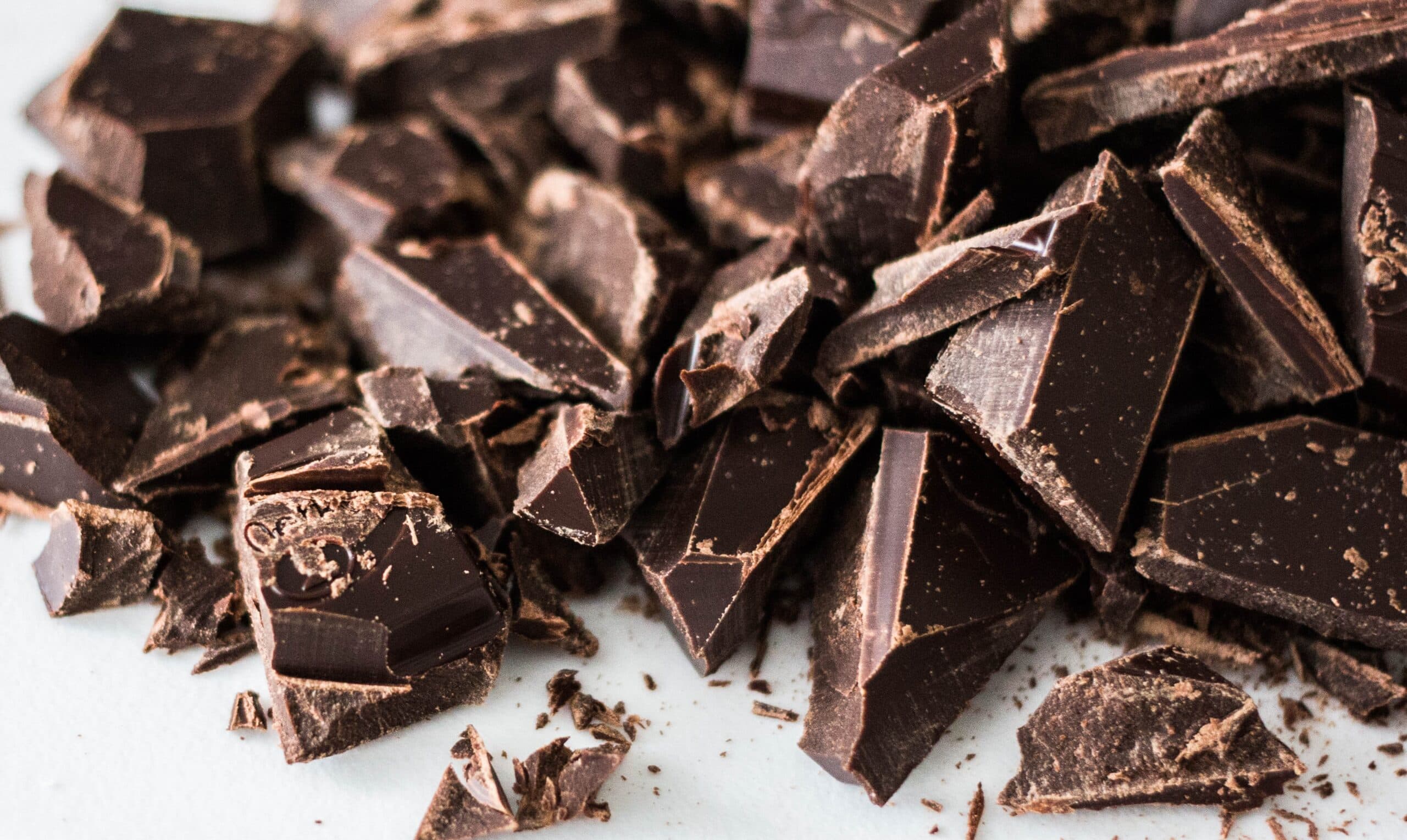Now, they’ve funded the five-year Australian Cocoa Strategic RD&E Plan (2022-2027) | AgriFutures Australia – which offers the platform for an essential first step for the emerging industry to grow.
AgriFutures Australia Manager Emerging Industries, Laura Skipworth said the time was right for further growth in the sector with consumer demand for chocolate and chocolate-based products growing steadily over the past 10 years.
“With Australia importing $699.3 million of cocoa and cocoa preparations in 2020, there is potential for cocoa production in Australia to increase over the coming years to replace some of the imported product with Australian product,” she said.
“We know that Australian cocoa growers cannot compete on price against small hold farmers from developing countries, so the industry relies on selling high quality cocoa beans into premium, niche markets.
“That’s something that’s already happening successfully in Australia, but only small-scale. We’re really excited to see how the priority areas outlined in the Plan are addressed to assist with that sought after industry growth and increased success.”
Key priorities identified
The Strategic RD&E Plan identifies three key priorities – profitable cocoa-growing systems; quality and differentiated Australian-grown cocoa for premium markets; and a thriving Australian cocoa industry. These are underpinned by seven strategies, from developing labour-efficient, high-yielding, and economic tree training and renewal systems, to disseminating information and fostering industry collaboration.
Cocoa producer and chocolate manufacturer Chris Jahnke is full of optimism they are achievable goals.
Entering the industry a decade ago, Chris and his wife Lyn, run Charley’s – a cocoa plantation and chocolate making facility – in the wet tropics region of far north Queensland.
“I’m not a farmer, but with my marketing and business background, I could see the potential in being involved in a product that was shifting to a premium market for customers wanting a better taste experience,” he said.
“Importantly, from a business perspective, chocolate needs no explanation. You don’t need to convince people to eat it or tell them what it is. Coupled with Australia’s clean, green image globally, it had a lot going for it.”









